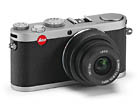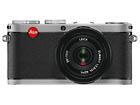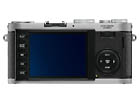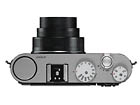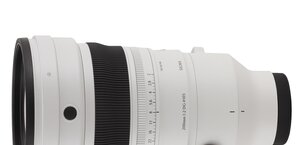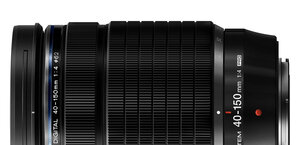Leica X1 - camera review
1. Introduction
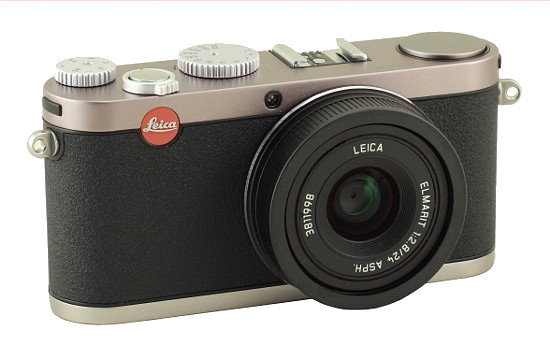
Even before the summer holidays of 2009 there had been rumors of a new product shown by Leica o n September the 9th, 2009. The number of nines in the date and hour of the premiere left us with basically no doubt; we were going to see a new digital rangefinder camera marked with an M9 symbol.
Please Support UsIf you enjoy our reviews and articles, and you want us to continue our work please, support our website by donating through PayPal. The funds are going to be used for paying our editorial team, renting servers, and equipping our testing studio; only that way we will be able to continue providing you interesting content for free. |
- - - - - - - - - - - - - - - - - - - - - - - - - - - - - - - - - - - - - - - - - - - - - - - -
About a month before the premiere we’d found that the rumors were true and that Optyczne.pl was one of three portals world-wide that will get first copies of the M9 to test. And so it happened that exactly one day after the premiere, on our website (only in Polish on Optyczne.pl), you could read the full review of the new camera.
What’s interesting, an even bigger secret was the second product Leica was going to show with the M9. That it will be a compact with a large, as for compacts, sensor of APS-C/DX size we found out at the end of August.
On September the 9th Leica showed its cards. Along with the M9 we saw a small and compact X1 model, equipped with a fixed focal length, non interchangeable 24 mm f/2.8 Asph. Elmarit lens. Combined with an APS-C/DC sensor (1.5x crop factor) it gave a field of view equivalent to 36 mm on a full-frame. What’s more, even though no one really confirmed it, the 12-megapixel sensor used in the X1 was supposedly the same model we’ve seen in Nikons D300, D90, D5000 and D300s. Taking into account the fact that this sensor, as far as resolution, high ISO performance and tonal range go, was very good, we were really curious what the X1 was going to show.
In a sense you can see that Sigma DP1 smoothed the way for Leica. We also saw a large (1.7x crop Foveon) sensor and a fixed focal length lens (the equivalent of 28 mm with f/4 speed). Sigma DP1, although having great image quality, didn’t conquer the market. The reasons for that was the overall slowness of the camera and a high price of around 1000 $ right after the premiere.
Does Leica X1 give us more? At a first glance, yes. The lens seems to be better suited, as the focal length of 36 mm is more universal, and the brightness is better. A good 12-megapixel CMOS sensor, though unable to beat the Foveon in case of tonal range, gives more detail. What is shocking (although we should be prepared to it with Leicas) is the price. Leica X1 costs twice as much as Sigma DP1. It’s a lot, and the fact that we get a valuable Adobe Lightroom software doesn’t change much. Even more so, since Sigma DP1 solid competitors of Micro 4.3 and Sigma DP2 have shown on the market.
How will Leica do? What do we get for such a high price? We invite you to read further chapters and find out!
The camera was delivered for tests by LeicaStore.pl, and we’d like to say our thank-you here.




